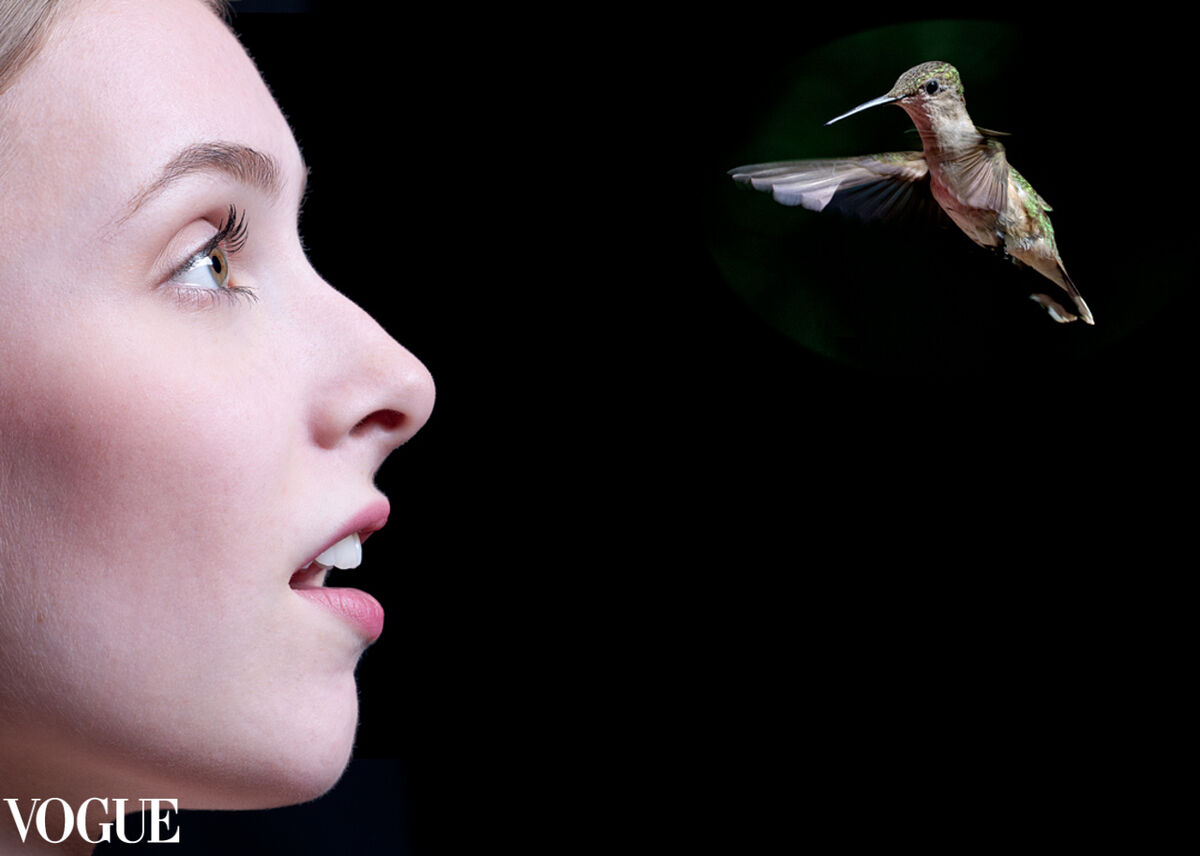Manual settings for B&W flash
Dec 21, 2023 11:46:18 #
rorsborn wrote:
My goal in 2024 is to use manual settings in all photography that I do using a Canon R10 and Fujifilm X100V. Is this practical for flash photos? I appreciate any and all comments.
Look up the grey card method of exposure with a flash...
Dec 21, 2023 12:27:15 #
JFCoupe
Loc: Kent, Washington
I suggest that you can also go to You Tube and search both flash photography and B & W Flash Photography subjects. Recently, I did a search about using High Speed Sync flash photography and found many videos on the subject that were very helpful. There are many flash photography topics that you could find helpful in addition to all the suggestions already posted.
Then, it is a matter of practice and exploring.
Then, it is a matter of practice and exploring.
Dec 21, 2023 12:32:14 #
twowindsbear wrote:
What's'B&W flash?'
No worry about color balance. One less variable makes it easier.
Dec 21, 2023 12:33:50 #
Hip Coyote wrote:
Look up the grey card method of exposure with a flash...
A green card works.
Dec 21, 2023 12:47:25 #
Dec 21, 2023 13:09:00 #
BebuLamar wrote:
20 years ago that was the 21st century and everything was available in automatic by then.
Hell, we had auto flashes in the '60s and '70s.
The dissipation or "fall off" of light follows the inverse/square law (energy dissipates as a function of 1/D^2 or one over the square of the distance from the source. So if, at one foot, you have one UNIT of light (call it enough light for an exposure of f/32 at a given ISO), then:
distance aperture
1.4' f/22
2' f/16
2.8' f/11
4' f/8
5.6' f/5.6
8' f/4
11' f/2.8
16' f/2
22' f/1.4
Obviously, this scale must be shifted for every power setting and ISO you have available, but the pattern of 1/D^2, where D^2 is distance from the source, squared, holds.
Dec 21, 2023 13:45:50 #
Bruce T
Loc: Michigan
Fourth years ago there was only manual exposure. There was in camera or external light meters.
Flashes were automatic or manual.
…but you didn’t see your results for three hours if you did your own developing and printing….and if you were in a hurry.
Flashes were automatic or manual.
…but you didn’t see your results for three hours if you did your own developing and printing….and if you were in a hurry.
Dec 21, 2023 14:00:30 #
Dec 21, 2023 14:02:18 #
burkphoto wrote:
Hell, we had auto flashes in the '60s and '70s. br... (show quote)
Too many numbers.
Look around you.
Where are you ?
Dec 21, 2023 14:05:48 #
Bruce T wrote:
Fourth years ago there was only manual exposure. There was in camera or external light meters.
Flashes were automatic or manual.
…but you didn’t see your results for three hours if you did your own developing and printing….and if you were in a hurry.
Flashes were automatic or manual.
…but you didn’t see your results for three hours if you did your own developing and printing….and if you were in a hurry.
Never had any such problem. Polaroid test shots tend to pay for themselves. The UHH recall of relevant history is again irrelevant.
Dec 21, 2023 15:31:00 #
User ID wrote:
Too many numbers.
Look around you.
Where are you ?
Look around you.
Where are you ?
You don’t need the numbers, just understand the principal (it was just an illustration)
Dec 21, 2023 18:06:28 #
rorsborn wrote:
My goal in 2024 is to use manual settings in all photography that I do using a Canon R10 and Fujifilm X100V. Is this practical for flash photos? I appreciate any and all comments.
It is practical to do this for your exposure, but since you can make a tremendous alteration to that in post processing, I wonder if it will be worth your effort to do this.
You will be using a light meter to measure the light in your subject for non-flash photos. You can similarly use a flash meter to establish the exposure from an electronic flash.
Do you want to use separate tools, or those which are already built into the camera?
It is fairly simple to create a list of apertures that give good flash exposure. Set your flash 10 feet from some subject, set your ISO to 100 and shoot a few pictures. Record the aperture of the best exposure. Do this again at 14 feet, 20 feet, and 28 feet. Then go in the opposite direction and get the exposure for 7 feet and 5 feet.
You could go further, but there aren’t a lot of subjects over 40 feet away that you would shoot at ISO 100. For longer distances raise the ISO to 400 or 800. Or more.
Odds are that you’ll find that at these distances you’ll make a full f/stop change between any two adjacent distances.
Save the chart, tape it on your flash, and after measuring or guessing your distance you’ll know what the aperture will be.
Your shutter speed will probably always be 1/125, or 1/60 if that is as fast as the shutter speed synchronizes.
Dec 21, 2023 22:04:04 #
rorsborn wrote:
My goal in 2024 is to use manual settings in all photography that I do using a Canon R10 and Fujifilm X100V. Is this practical for flash photos? I appreciate any and all comments.
It really depends upon what the 'flash photos' are of.
If you are photographing subjects such as candid's of people at events you will possibly want to be able to grab the captures fast and move on with confidence. Manually setting the camera is easy, having the flash set manually to the correct power takes practice.
Dec 22, 2023 10:16:17 #
Dec 22, 2023 13:34:18 #
"...use manual settings ... Is this practical for flash photos? " rorsborn the Lion's share of my commercial assignments are via Studio... virtually all are with flash (strobes, speedlites etc.) Since the resulting images meet and/or exceed client expectations.... So yes manual flash setting are indeed "Practical" for me since flash pays the bills... Albeit others may (and often do) have other outcomes...
My honest and sincere advice here is to purchase an Incident and Reflective Light Meter...
Here is a Sekonic L-308S which is the same model I've been using for over a decade that recently sold on UHH for $100. I personally highly recommend it...
To validate this recommendation please see the image below which PhotoVOGUE Italia recently selected for publication on their Web Portal... btw this image was made "practical" by use of a Sekonic L-308S light meter, an Agency Model and a very hungry Hummingbird...
Maybe ask those who respond to your query to show examples of their images using what they are suggesting.
You may be amazed at the magnitude of silence that follows.
Wishing you much Joy and Success on your photographic journey rorsborn
My honest and sincere advice here is to purchase an Incident and Reflective Light Meter...
Here is a Sekonic L-308S which is the same model I've been using for over a decade that recently sold on UHH for $100. I personally highly recommend it...
To validate this recommendation please see the image below which PhotoVOGUE Italia recently selected for publication on their Web Portal... btw this image was made "practical" by use of a Sekonic L-308S light meter, an Agency Model and a very hungry Hummingbird...

Maybe ask those who respond to your query to show examples of their images using what they are suggesting.
You may be amazed at the magnitude of silence that follows.
Wishing you much Joy and Success on your photographic journey rorsborn
If you want to reply, then register here. Registration is free and your account is created instantly, so you can post right away.






